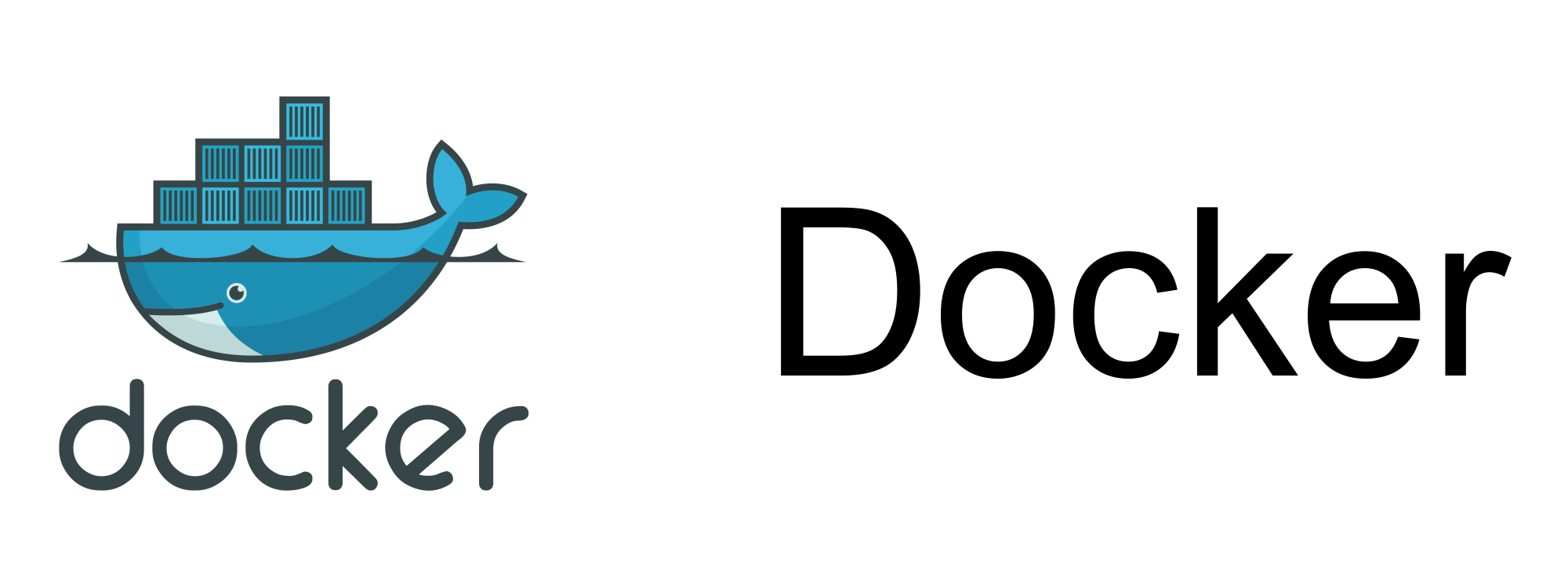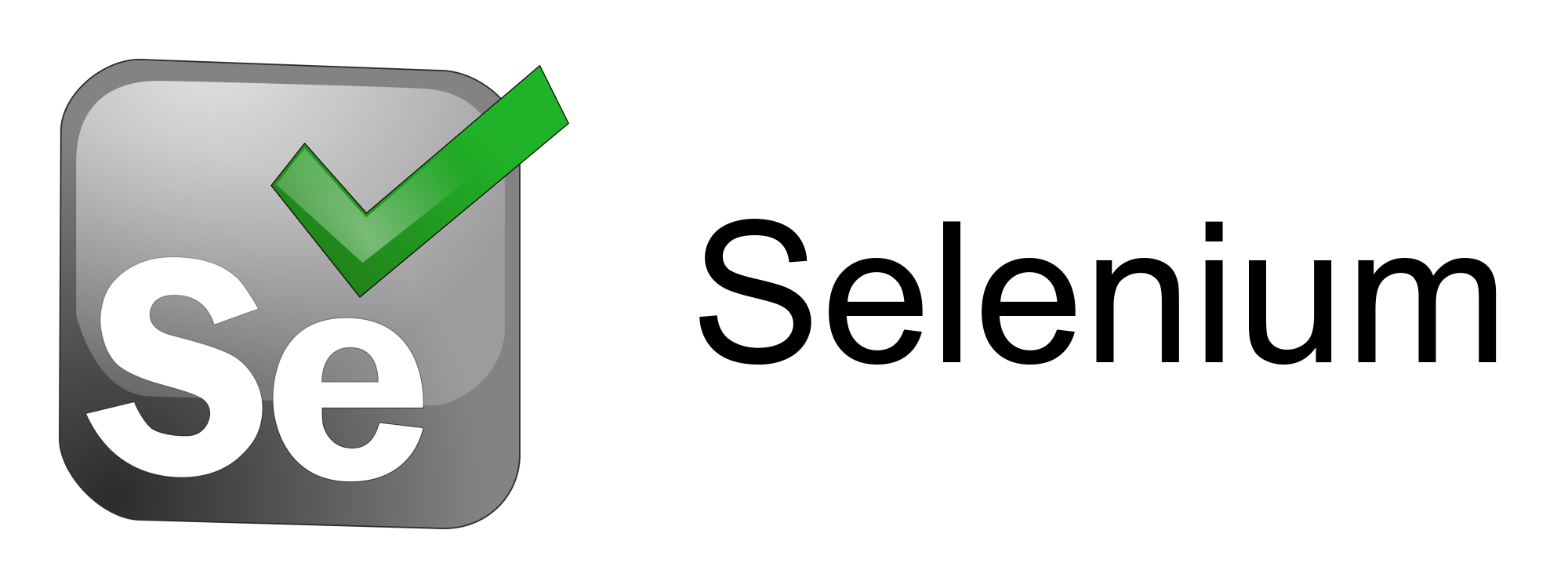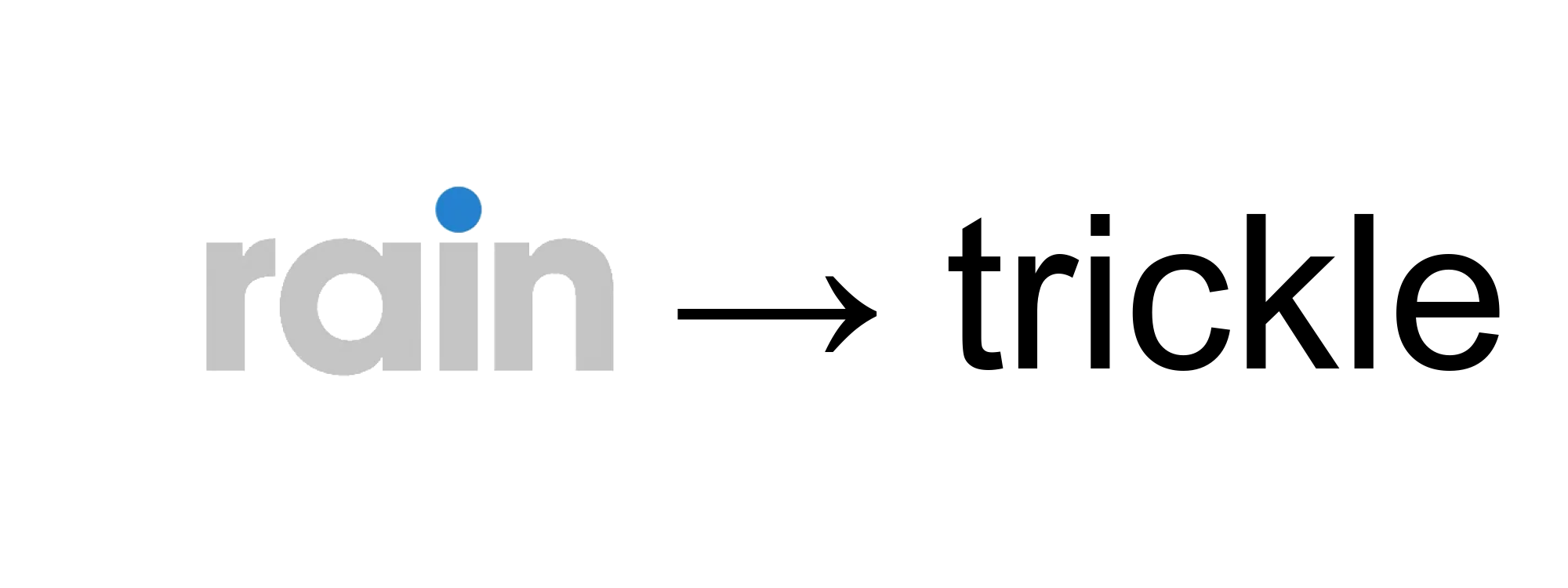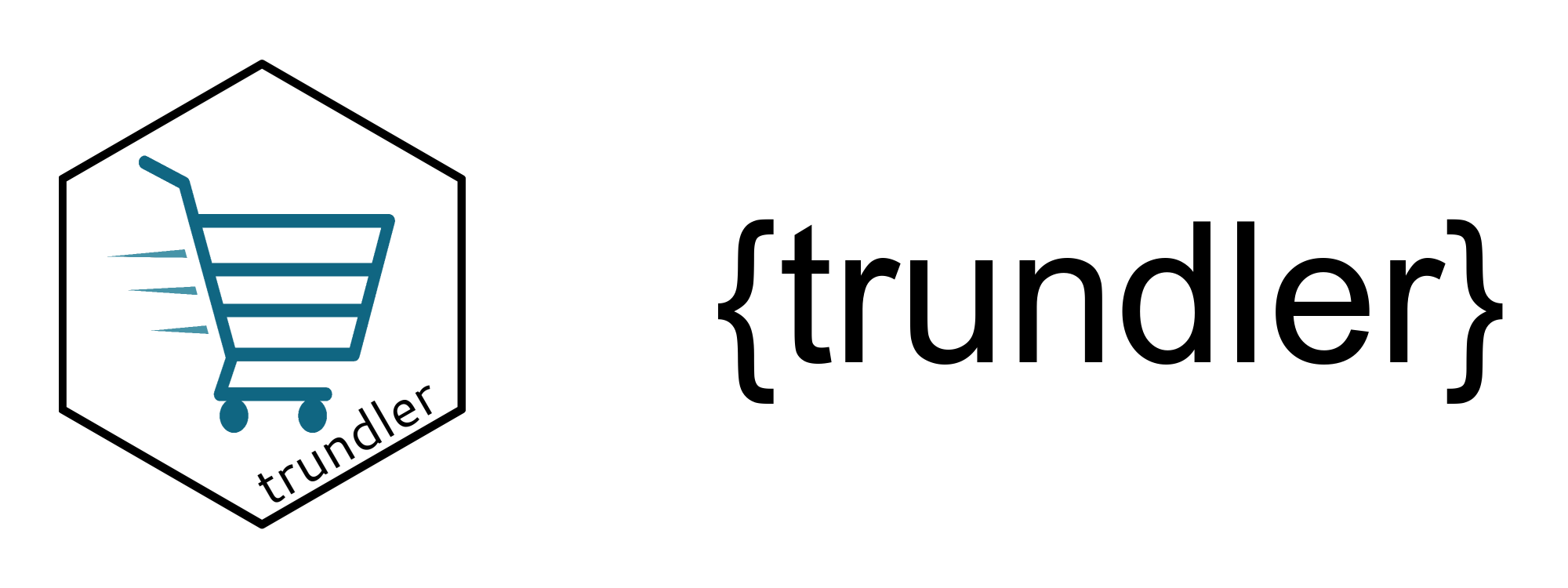I occasionally need to upload the contents of a CSV file to a MySQL database. It happens sufficiently infrequently that I need to remind myself how it works each time. Hopefully this will make it easier next time around.
The Data.
Suppose that you have a file, prices.csv, that looks like this:
"time","product","price"
2020-06-03 22:33:39,"Basic T-Shirt",299
2020-07-22 21:32:21,"Pique Polo",429
2020-04-07 05:38:17,"COUNTRY ROAD Slub Frill T-Shirt",299
2020-04-23 03:54:09,"Caribbean Tan Mousse Gradual A 150ml",95.95
2020-04-01 05:01:29,"Pulled Pork Shoulder 500g",79.99
2020-05-15 12:26:48,"Back To Work Blazer",2299
2020-07-13 06:28:27,"Funnel Neck Cardigan",1499
2020-06-03 17:07:50,"Extra Depth 180TC Cotton Blend Fitted Sheet",279
2020-07-28 02:00:29,"Clover Seal Full Cream Fresh Milk 1l",17.99
Create Table
First we need to create a table.
Read More →

















